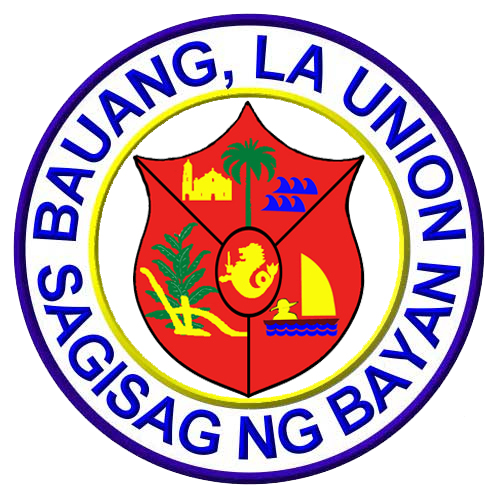DISTRICT VI
BARANGAY NAGREBCAN
Nagrebcan is one of the oldest barangays in the region or in the country. It came into permanent existence when formerly it was the seat of Spanish Ministry in the Ilocos and it was transferred to Baratao sometime in 1590, being one of the two major pueblos then. Historians wrote that it was transferred north of the river that divided towards the sea.
The name NAGREBCAN originates from the Ilocano dialect for NAGREBBAAN meaning demolished or destroyed. Since then after a lapse of time such name developed into its present name “NAGREBCAN”. Parian Oeste and Parian Este was once Part of Barangay Nagrebcan
BARANGAY PARIAN ESTE
Barangay Parian Este is located at the southwestern part of Bauang. It is approximately eight kilometers away from San Fernando City, the capital town of La Union. The barangay is about five hundred meters from the National Highway and it is adjacent to barangay Nagrebcan on the east, barangay Parian Oeste on the west, the Bauang River on the north and barangay Payocpoc Norte Oeste on the south.
During the early times, Parian Este was a part of barangay Nagrebcan but due to population increase, it was separated from its mother barangay. The name Parian was taken from the word “PARIA”, a kind of vegetable. The community Parian during those times was a place where “paria” abounds, hence the name Paria-an which later on became Parian.
Today, barangay Parian Este is a thriving community owing its development from the resources of the Bauang River, its fertile farmland and the existence of several businesses which were established within the barangay, the other nearby barangays, the municipality and even the other municipalities of La Union. Not to exclude are its human resources tapped and untapped. With the interplay of all these factors and other outside factors, the true meaning of development is not anymore a vision but a near reality to this barangay.
BARANGAY PARIAN OESTE
VISION
MISSION
GOALS
BARANGAY PUDOC
VISION
MISSION
BRIEF HISTORY
Pudoc is a barangay along the seashore, once considered as a twosome barrio, known as a diminutive and unprogressive barangay. But as time conceded, it was then recognized thru its rural improvement plans and with the help of the government; it is slowly progressing with its limited resources.
Barangay Pudoc became the center of evacuation when the Americans landed at Lingayen. People from the Northern part of Bauang and even San Fernando folks flocked in this place to evade the tyranny of Japanese soldiers who were then very apprehensive and vile to the civilians. They made their shift huts and even put up tents in making up a resemblance of a small city evacuees.
This small barangay is situated at the mouth of Bauang River. It is bounded by Lingayen Gulf in the West, Barangay Parian Oeste on the southern part and Barangay Parian Este on its eastern side. It has a land area of 154 hectares with population of more than a thousand. Since it is situated along the sea; its soil is sandy loam on the eastern portion. It was once surrounded by bodies of water, but then the land appeared after numerous typhoons and floods even before it was occupied by the oppressions of Spanish, Americans and Japanese regimes.
Nobody among the old folks in the barangay knew how this barangay got its name. They told that when they came here, this place is already named Pudoc, a sitio of Pugo. Maybe Pudoc got its name after the fisher folks from Pudoc, Ilocos Sur, who always traveled on sea and rested along the seashore as their station. But they did not settle for good. According to the remaining olds of this barangay, the prominent families were CALICA, BENINSIG AND CAMPOS.
Since this barangay is along the sea and river, most of the people are fishermen. Some of them who own a parcel of land were farmers who produced rice, corn, peanuts, tobacco and some fruit bearing trees and vegetables such as ampalaya, eggplant and tomato. Salt-making is only done during summer. They produced the finest and whitest salt in the market.
Pudoc is already an ever growing barangay since liberation, as being the pride of residents today. Its population got multiplied and many houses have been built from every corner.
